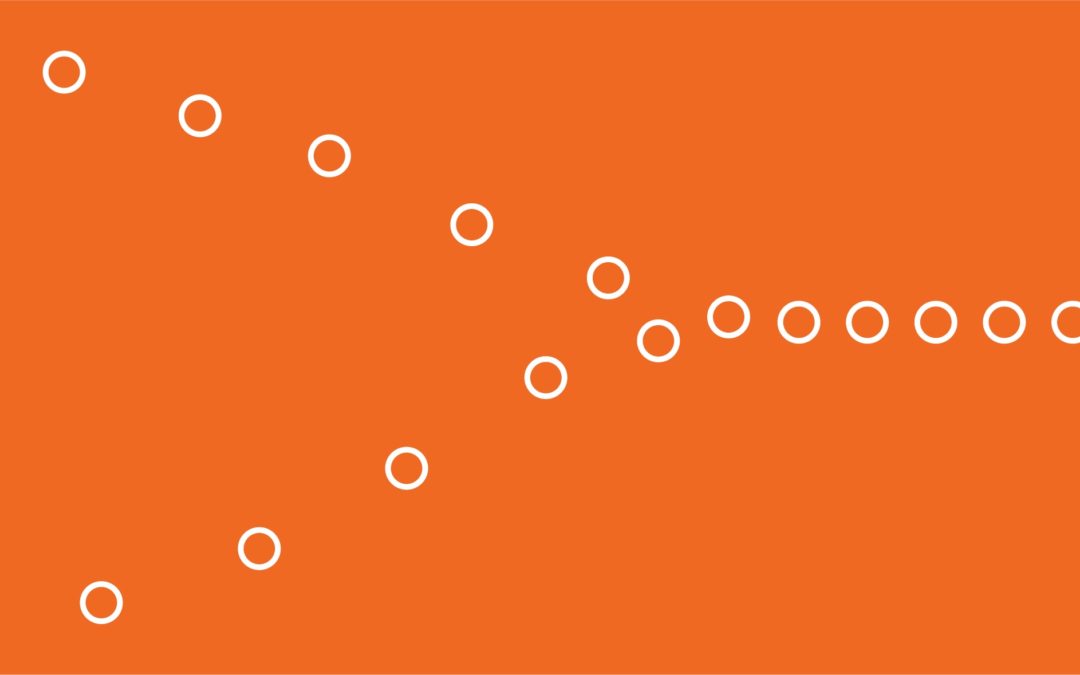Bias #96: Social Proof, 4-minute read
Defined:
Social Proof: The influence the actions and attitudes of the people around us (either in real life or online) have on our own behavior. The “proof” element is the idea that if other people are doing it (or saying it), it must be correct.1
Described:
If all your friends jumped off a bridge, would you? Probably.
In uncertain situations, we imitate other people’s actions in our attempt to do the “right thing.” If you have ever joined a standing ovation for a mediocre performance, then you have experienced the power of social proof.
A strong example comes from a 1962 episode of Candid Camera called Face the Rear.2 In the episode, an unsuspecting person boards an elevator and turns to face the doors, just as most would. However, the next three people to enter the elevator—all Candid Camera staff—face the rear. Suddenly, the first person is uncertain of their choice and, little-by-little, the camera captures them gradually turning to copy the example set by the others.
A sign instructing riders to face the rear may have had little influence on the person’s behavior, but an example set by similar people (others riding the elevator) was irresistible.
When to use social proof:
Social proof draws its power from uncertainty. The more unfamiliar the situation, the more we rely on others’ behavior to guide our own. Consider applying it to your communication when you’re trying to convince the audience to try something new or when the difference between alternatives is technical or complicated.
How to use social proof:
When leveraging social proof to influence behavior, apply a few simple rules:
1. Make desired behavior visible so it’s available to be copied. Apple made the iPod earbuds and cables white to distinguish them from competing products. This made it easy to spot people listening to an Apple device. Because it was easy to spot people using Apple products, it was an easy behavior to copy, and the iPod quickly became the most popular MP3 player on the market.
2. We are more likely to copy others who are similar to ourselves. We are more likely to follow the lead of people we view to be like ourselves—whether alike in age, race, income, hometown, etc. And the more specific our similarities, the better. Someone from our neighborhood is more persuasive than someone from our hometown, who is more persuasive than someone from our home state.
3. Play the percentages. Numbers matter when it comes to social proof, but it’s the percentage of our social contacts—usually 50% or more—that matters most. Three out of four people on an elevator (75%) is enough to make the fourth face the rear. But, if 20 people rush the field at a football game with thousands of spectators, we’re likely to stay in our seats—and out of jail.
When the percentages are in your favor, use them. When they’re not, don’t.
4. Make undesired behavior invisible. Social proof is a double-edged sword because people also copy bad behavior. If there’s a behavior you want to discourage, work to make it less visible. The “broken windows theory” poses that hiding visual cues of crime can reduce new incidences of crime.3
5. If an undesired behavior is perceived as popular but is actually rare, then make its rarity apparent to reduce the behavior. A study by National Institute on Alcohol Abuse and Alcoholism found that college students tend to overestimate the amount of binge drinking that occurs among their peers, causing some students to partake more often. 4 Anti-binge-drinking campaigns could combat the problem by telling students how rare binge drinking really is. When students realize the behavior is not as common as they predicted, they will become less interested in it.
The takeaway:
Social proof can be extremely effective at influencing behavior, which is why it must be used wisely. The right approach to leveraging social proof can help you communicate with your audience in a way that motivates positive behavior change. On the flip side, it’s important to use your new understanding of social proof to prevent it from working against your intended outcome and contributing to negative behavior.
Remember, in order to:
Reduce Negative Behavior
|
Promote Positive Behavior
|
About the author:
This Bias Brief was written by Greg Stielstra, the Senior Director of Behavioral Science at Lirio. Greg is a behavior change expert and published author with over 25 years of experience in marketing and engagement.
References:
- WhatIs.com, Definition, Social Proof
- YouTube, Prudential: Everybody’s Doing It
- Wikipedia, Broken Windows Theory
- NCBI, Pedersen, LaBrie, Normative Misperceptions of Drinking Among College Students
Other readers viewed:
Cognitive Fluency – Lirio Bias Brief
